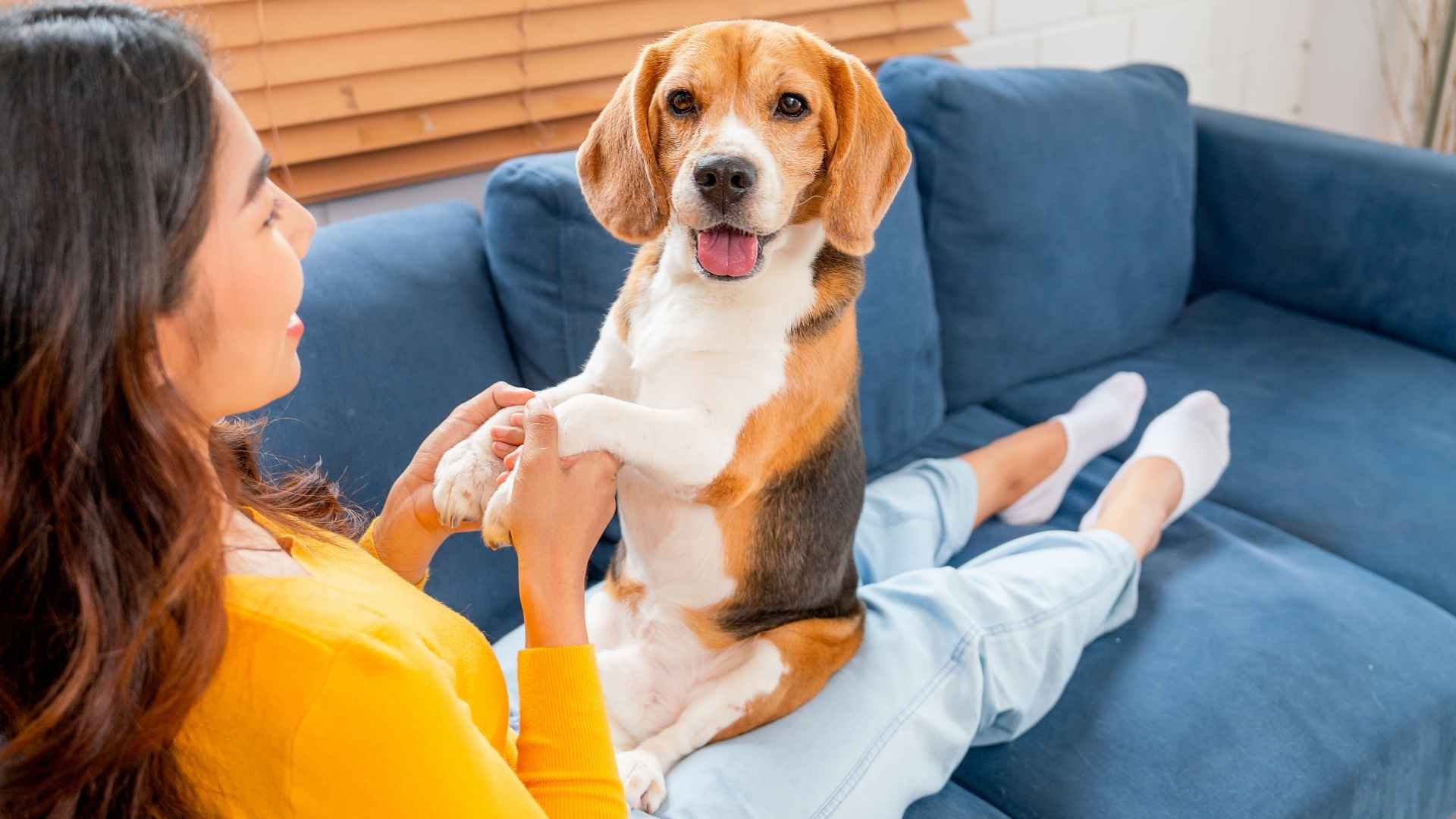Ever wished your dog could chime in on life’s big decisions—like what’s for dinner or whether it’s walk time again? Good news: they kind of already do! Dogs are expert communicators, using barks, howls, growls, and even dramatic sighs to let us know exactly how they feel. Some pups, however, take this gift of gab to a whole new level.
These talkative breeds are basically furry little chatterboxes who love to keep the conversation going, whether you’re ready for it or not. From sassy side-eye to full-on storytelling howls, these dogs have opinions and aren’t afraid to share them.
If you’re the type who doesn’t mind a bit of noise in exchange for nonstop canine commentary, you’ll love these vocal companions. But fair warning—many of the loudest talkers come in the tiniest packages! Ready to meet the breeds who always have something to say? Let’s dive into the world of talkative tails and barking banter.
Talkative Dog Breeds
1. Beagle
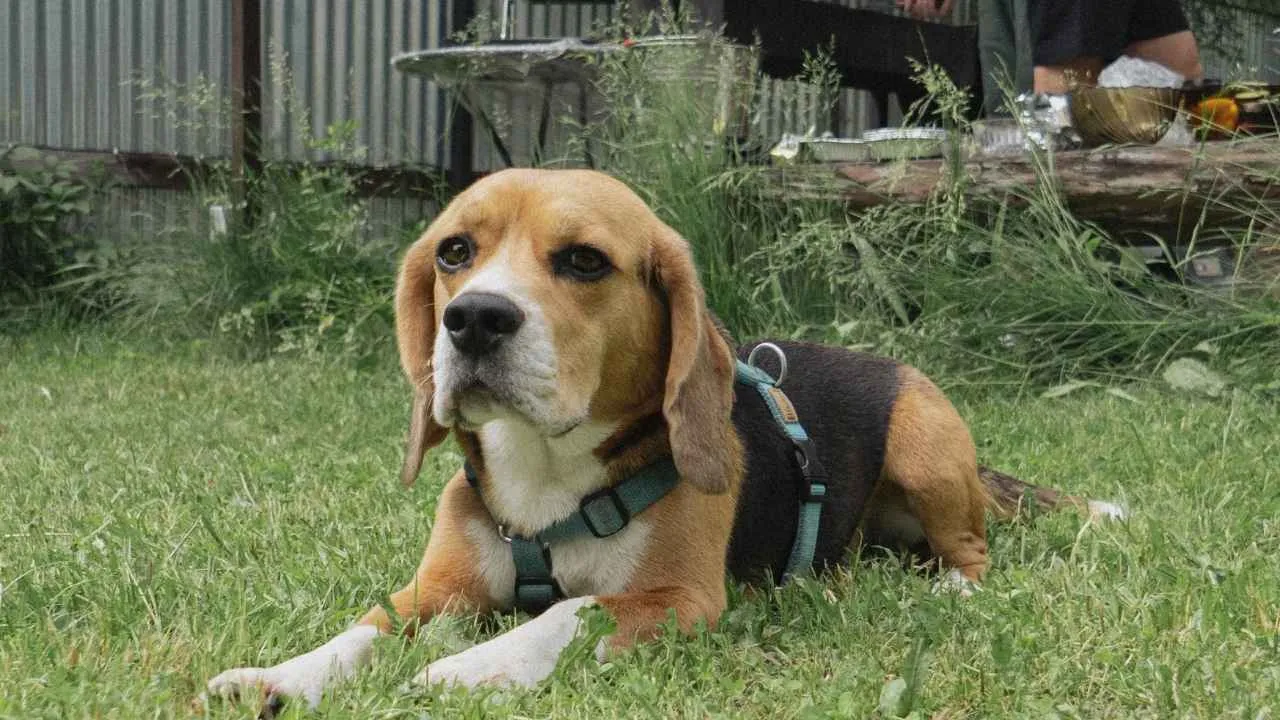
Meet the Beagle—a lovable, mischievous hound with a big voice and an even bigger personality. Famous for their unique bay, a deep, yodel-like howl, Beagles aren’t shy about vocalizing.
Whether they’re announcing a visitor or just feeling chatty, these pups make their presence known. It’s in their roots—they were bred to hunt in packs, where clear communication was key.
These cheerful dogs bring playful energy to any home. They’re social butterflies who love being around people and other dogs. While they’re affectionate and friendly, their independent streak can make training a bit tricky. A little patience and a pocket full of treats can help steer their attention away from distractions.
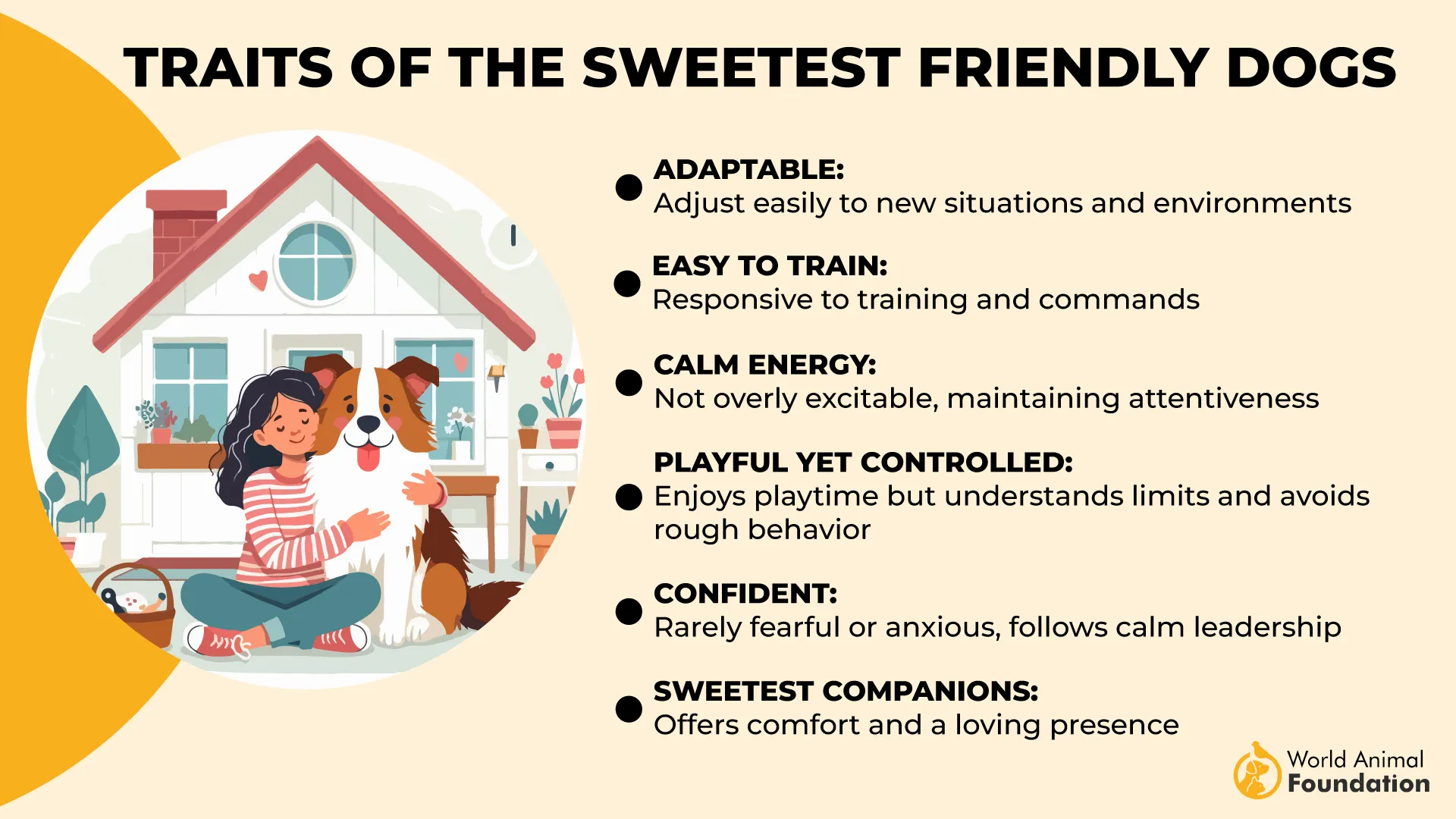
Beagles are led by their noses. Their powerful sense of smell makes them exceptional scent trackers, which is why you’ll find them working in airports, sniffing out food items, or helping detect pests. Once they catch a scent, it’s hard to redirect their focus—that nose is on a mission!
For families or individuals with an active lifestyle, the Beagle is an entertaining companion. They love to explore, play, and keep you on your toes. Just be prepared for a bit of selective hearing and plenty of vocal performances along the way.
2. Siberian Husky
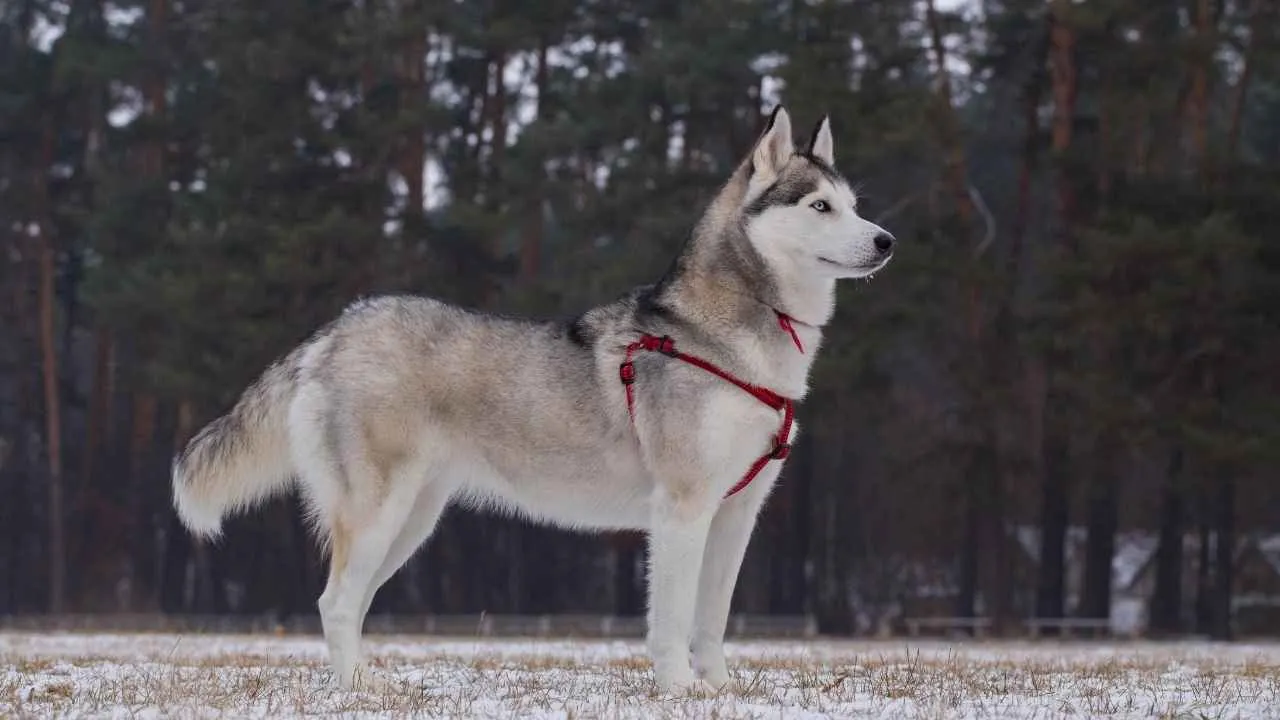
The Siberian Husky isn’t just a pretty face with striking eyes—they’re also legendary talkers. Originally bred by the Chukchi people in Siberia as sled dogs and loyal companions, Huskies proved their worth in 1925 during the “Great Race of Mercy,” when teams rushed life-saving serum to Nome, Alaska. The lead dog, Balto, became a hero, even earning a statue in NYC’s Central Park. Beauty, brains, and bravery? Huskies have it all.
Huskies are one of the most vocal dog breeds, but interestingly, they rarely bark. Instead, they talk—and boy, do they have a lot to say! Howling, whining, yelping, and even what can only be described as “arguing” are part of their daily soundtrack.
As noted by AKC, this chatty nature comes from their pack-dog history. In the snowy wilderness, barking wouldn’t carry far enough, so Huskies evolved to communicate through varied vocal tones that could travel long distances.
If you’ve ever owned a Husky—or watched a few viral videos—you know these dogs don’t just make noise; they perform. Whether it’s responding to a siren, “singing” along to music, or letting you know they absolutely do not want a bath, Huskies wear their hearts (and opinions) on their tongues.
Some even throw full-on tantrums when they’re told “no,” complete with screams worthy of an Oscar nomination.
Siberian Huskies are emotional creatures who express every feeling through sound. They’ll whimper if they’re lonely, grumble when annoyed, and howl if they’re missing their human pack. Their vocal flair isn’t just for drama—it’s how they bond, share, and sometimes, manipulate you into giving them what they want.”
Fun Fact:
Composer Kirk Nurock once arranged music for a jazz trio and a Siberian Husky, which performed live at Carnegie Hall. Yes, Huskies are that extra—and we love them for it.
If you’re okay with a pup who “talks back,” sings to sirens, and argues about bedtime, the Siberian Husky may just be your perfect chatty companion.
3. German Shepherd
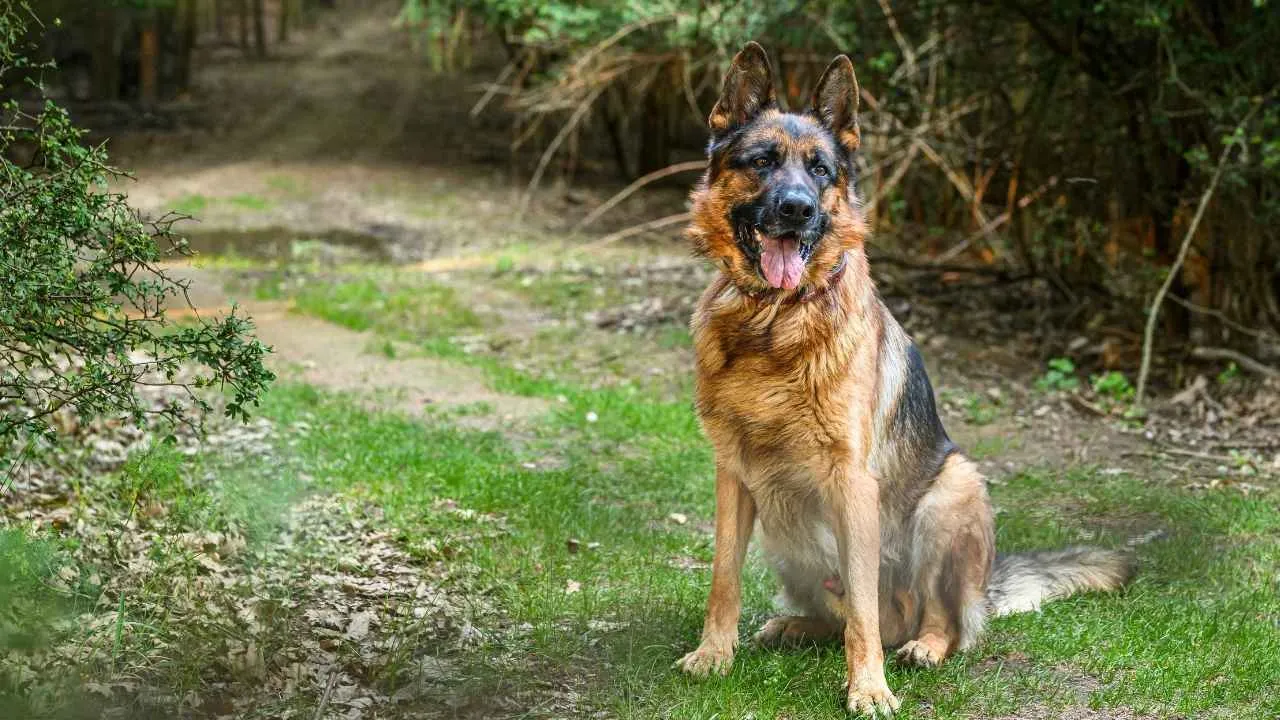
Also known as the Alsatian or GSD, the German Shepherd is a brainy, driven, and undeniably loyal breed. Originally bred for herding sheep in Germany, these working dogs have gone on to serve in police squads, search and rescue teams, and even the military.
They’re loving, dependable companions—but if you’re after a quiet pup, you might want to reconsider. These vocal powerhouses have a lot to say.
A German Shepherd’s bark isn’t just loud—it’s truck-engine loud. One study found their bark can hit up to 106 decibels (for context, that’s louder than most lawnmowers). They don’t just bark either; GSDs are known to howl, whine, groan, and even sigh dramatically.
That commanding voice, paired with their impressive physique, can be a bit intimidating to strangers or nosy neighbors who aren’t fans of the commentary.
As noted by Britannica, their vocal habits are rooted in their working dog DNA. German Shepherds were bred to be alert protectors—barking to warn of predators, round up livestock, and signal their humans from afar. Even today, your GSD may bark excessively at the mail carrier, a squirrel, or an oddly-shaped bush—because in their mind, they’re doing their job.
German Shepherds communicate emotions through sounds:
A sigh may signal contentment or slight frustration.
Howling often happens in response to sirens, music, or excitement.
Growling and barking aren’t always aggressive—read their body language.
Signs of alertness include a stiff posture, fixed stare, raised hackles, and a slow tail wag.
They’re loud, expressive, and loyal—expect daily vocal outbursts and big emotions.
Loud, expressive, and fiercely devoted, German Shepherds are the ultimate talkative sidekick—just be ready for a daily dose of drama (and decibels).
4. Basset Hound
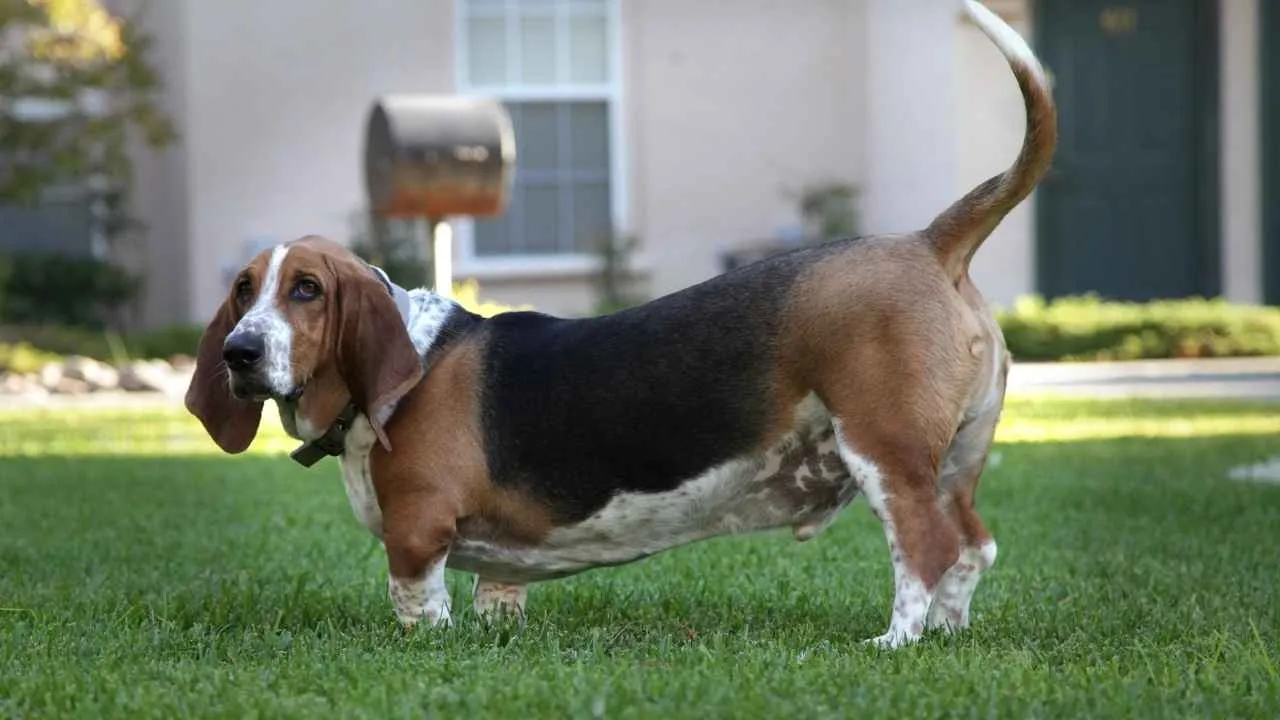
With their droopy ears, soulful eyes, and low-slung bodies, Basset Hounds are as endearing as they come. Their name, derived from the French word basset, meaning “rather low,” suits their stout build perfectly.
Originally bred in France and Belgium to trail small game through thick brush, these scenthounds have a history dating back to 1585 and earned official recognition from the American Kennel Club in 1916.
Known for their vocal flair, Basset Hounds love to express themselves. From deep howls to classic barks, they’re not shy about sharing their thoughts, especially if they feel ignored or hear something interesting. Early training can help manage their noise levels, but some degree of chatter is just part of their personality.
Basset Hounds are famously gentle and laid-back, making them wonderful companions for families, especially those with children. They typically get along well with other dogs and love being surrounded by people.
While they might seem easygoing, Bassets are anything but solitary. They don’t enjoy being left alone and thrive best in homes where there’s always someone around to offer attention and affection.
As skilled scent trackers, Bassets tend to follow their nose wherever it leads, often ignoring commands in favor of an interesting trail. Their independent streak can make training a bit of a challenge, so patience and positive reinforcement are key.
Did You Know?
Basset Hounds are actually the result of a mutation in the St. Hubert hound line. This genetic twist produced a shorter, dwarf-like dog that just so happened to be perfect for tracking prey low to the ground. Nature’s happy accident gave us one of the most lovable, expressive, and delightfully oddball breeds out there.
5. Dachshund
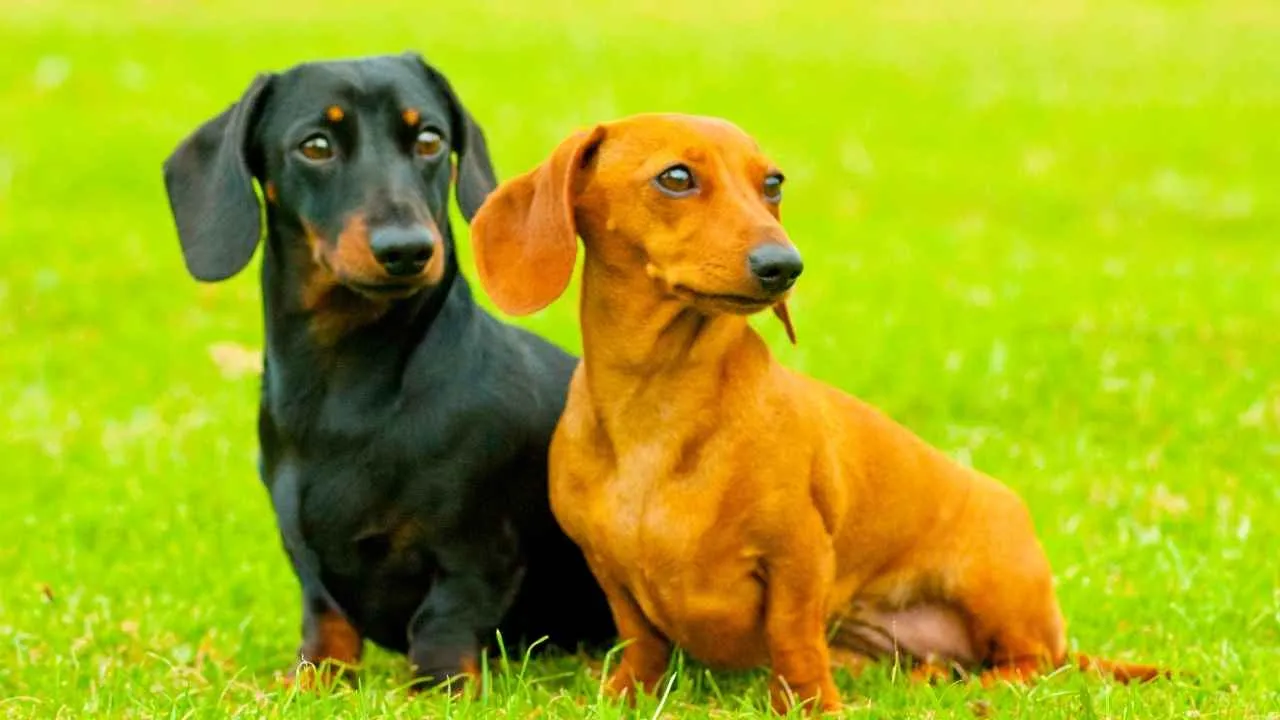
Don’t be fooled by their tiny legs and long bodies—Dachshunds are bursting with courage and personality. Bred in Germany to track and chase badgers from their burrows, these little dogs were made for bravery. Their name even means “badger dog” in German! With their distinctive sausage shape, deep chest, and long ears, they come in standard and miniature sizes, plus smooth, longhaired, and wirehaired coats.
Dachshunds have independent minds and fearless hearts, says Britannica. Built for tough work underground, they’re determined and often stubborn, following scents with intense focus—even if that means ignoring your calls. Their energetic, curious nature keeps them on the move, but after a good romp, they’re happy to relax and cuddle up beside you.
Loyal to the core, Dachshunds form strong bonds with their families and are fiercely protective of their homes. Their alert bark serves as a warning, not aggression, and while they might be cautious around strangers, with early socialization, they become confident and well-mannered companions.
Known for being big barkers, Dachshunds speak up when excited, bored, or feeling territorial. Their surprisingly loud bark matches their big personality, but consistent training helps keep their chatter under control. They may not be the best fit for toddlers, but older kids who respect boundaries make great playmates.
With their expressive eyes and bold spirit, Dachshunds are unforgettable companions. Show them love, set clear boundaries, and offer plenty of belly rubs—they’ll repay you with loyalty, laughter, and plenty of tail wags.
6. Chihuahua
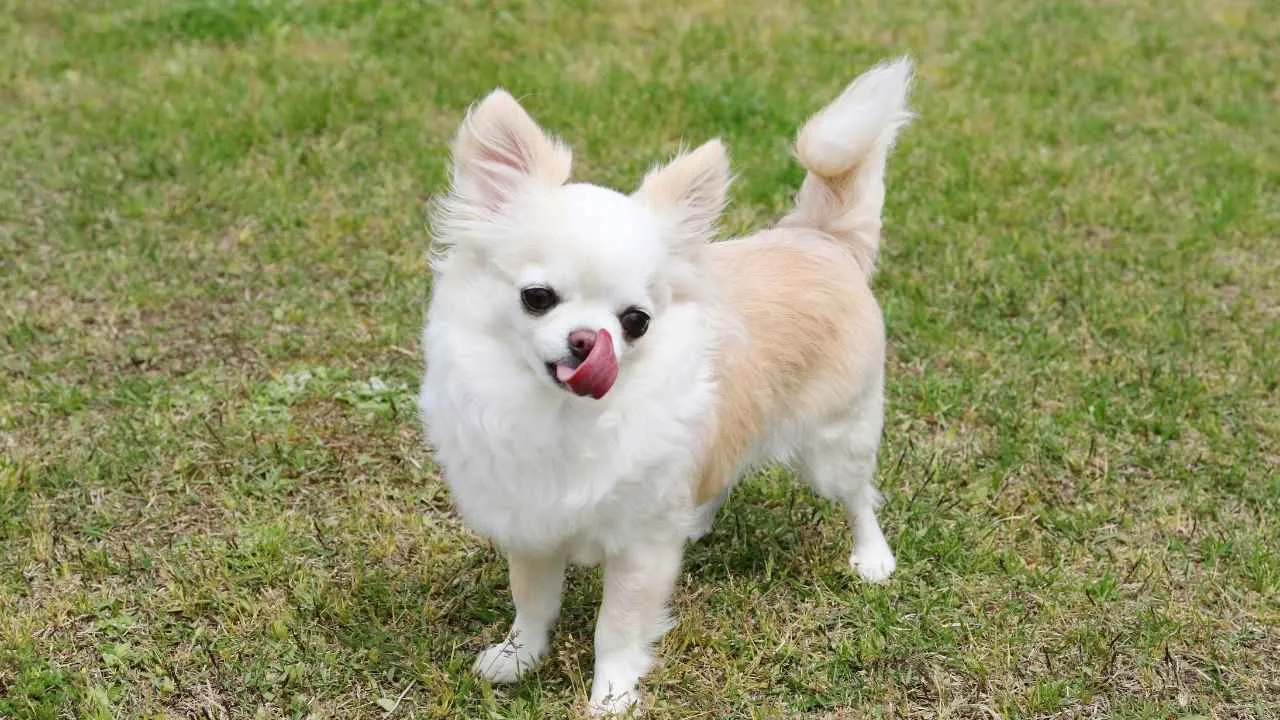
Don’t be fooled by their small size—Chihuahuas are bursting with sass, charm, and confidence. With oversized ears, wide eyes, and their signature apple-shaped heads, they’re as expressive as they are adorable. Despite their delicate look, these brave little dogs take their role as tiny protectors seriously.
Chihuahuas are naturally alert and quite yappy. They love to announce anything unusual, from visitors at the door to a stray leaf outside. Their bark is definitely bigger than their bite. While training can help control the noise, you can expect plenty of lively commentary from this feisty little watchdog, says PetMD.
Whether curled up in your lap or confidently surveying their domain, Chihuahuas bring enormous personality in a tiny package. With their big eyes, bold hearts, and loud voices, these small dogs prove that great things come in small packages.
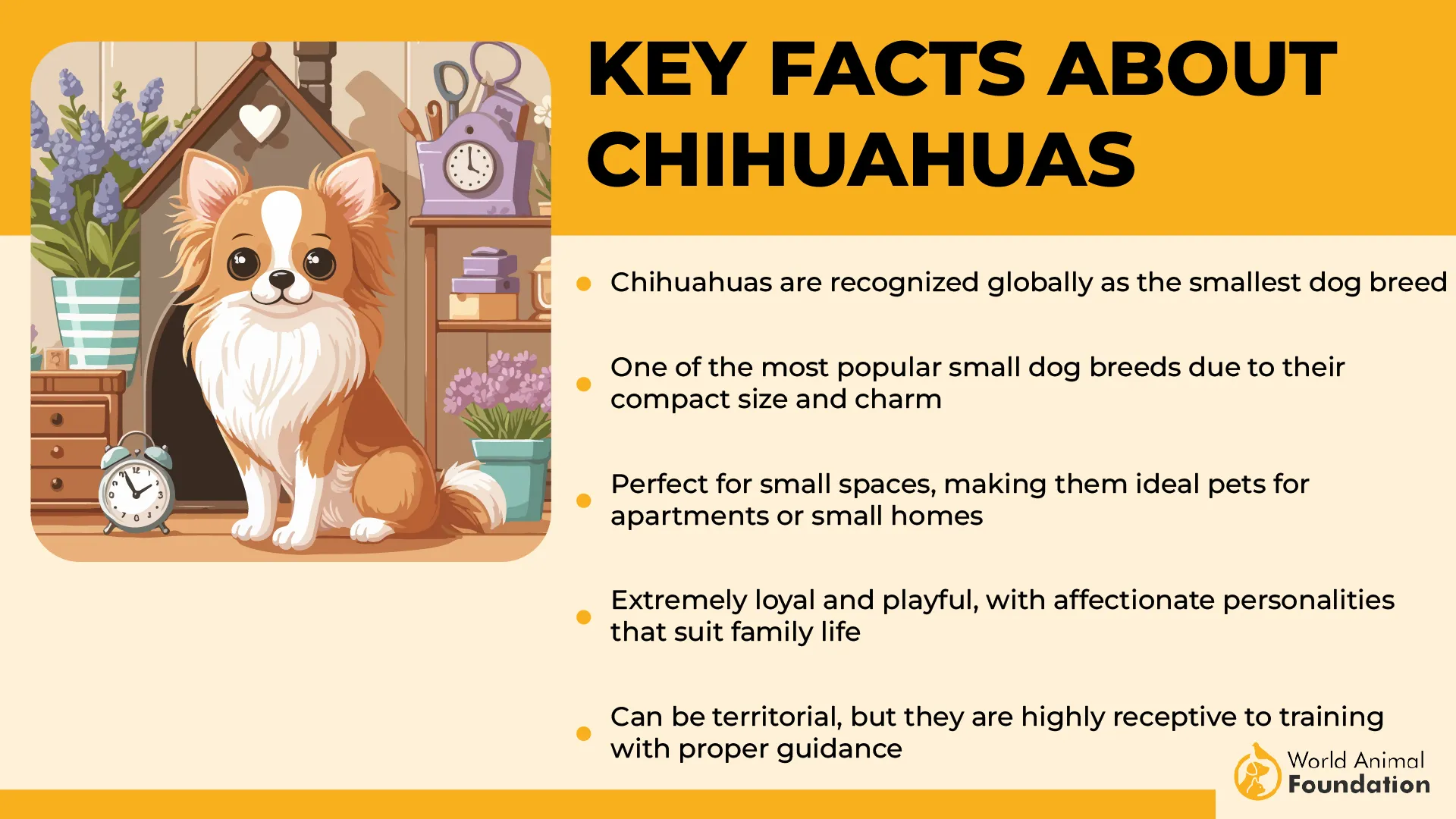
Fiercely loyal, Chihuahuas thrive on close companionship and are perfect for apartment living or homes where they get lots of attention. They do best in adult households or with older, respectful kids, as they’re too fragile for rough play.
Grooming is simple and depends on the coat type. Smooth coats need occasional brushing and regular baths, while longhaired Chis benefit from weekly brushing to keep their fur tangle-free. Regardless of coat, regular ear checks and cleaning are essential for their health.
7. Yorkshire Terrier

Don’t let their dainty size and flowing locks fool you—the Yorkshire Terrier, or Yorkie, is a tiny dog with a huge personality. This English toy breed is known for its sleek blue-and-tan coat that often sweeps the floor, sometimes held back with bows for that perfect mix of glam and practicality.
Yorkies are spirited and vocal, always ready to alert you to anything unusual, from squirrels to the mail arriving. Despite their feisty attitude, they’re deeply affectionate and thrive on close cuddles with their favorite humans.
With a mix of playful energy and stubborn streaks, Yorkies love to explore and be the center of attention, especially indoors on rainy days. Training can test your patience, but consistency makes all the difference.
Because of their small size, Yorkies aren’t always the best match for homes with very young kids. They’re fragile and can get defensive with rough play. Plus, they dislike long periods alone and need plenty of quality time to stay happy.
From their runway-ready coats to their bold barks, Yorkies prove that a big personality comes in a tiny package. Loyal, lively, and loving, they make wonderful companions for those ready for a cuddly yet charismatic pup.
Conclusion
Many of the most talkative breeds—like the Miniature Schnauzer, Pomeranian, Fox Terrier, and Australian Shepherd—use their voices to express alertness, excitement, or emotion. Whether it’s a herding dog responding to its surroundings or a Golden Retriever named Charlie setting records with a booming bark, these vocal habits often reflect instinct, not misbehavior.
While most dogs bark, some have a stronger tendency to speak up—sometimes constantly. Without guidance, this can lead to nuisance barking, especially in unfamiliar settings. But with training, even the noisiest dogs learn to vocalize only at appropriate times.
If you welcome one of these breeds home, be ready for a lively companion, not a problem, but a personality. Just don’t mistake their voice for trouble—it’s often an attempt to connect.


